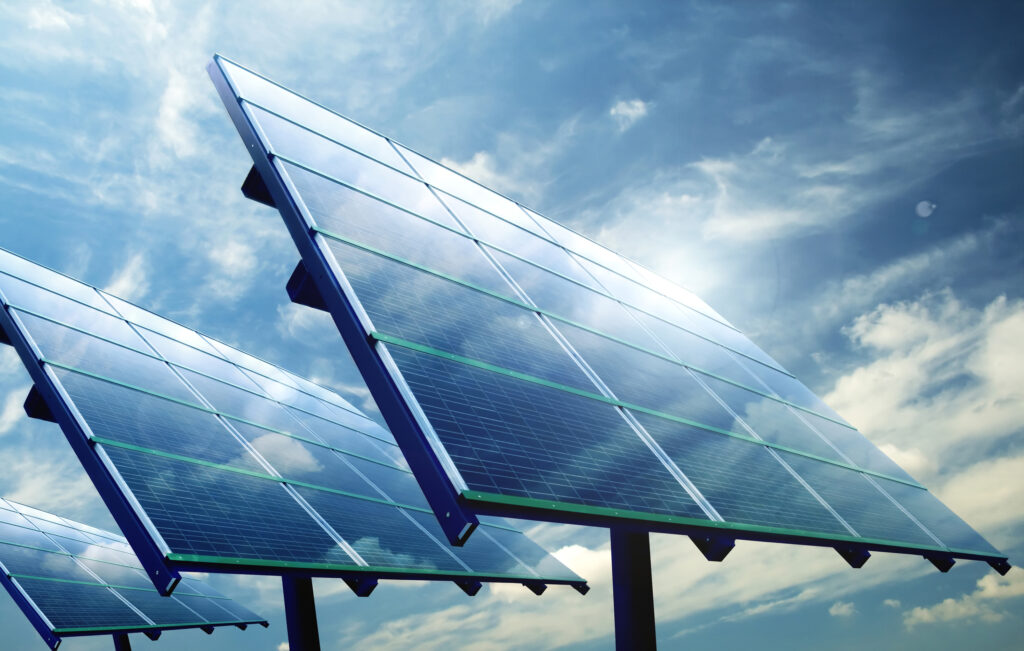Geothermal developer plans topco equity, project finance raises
Geothermal project developer XGS Energy is planning to launch a topco equity raise seeking between USD 60m and USD 100m with plans to raise additional equity and project finance, according to an executive.
CEO Josh Prueher told Infralogic that the company will launch a new equity raise as soon as next month, with a larger raise for up to USD 450m coming as soon as late 2026.
The company is considering hiring an investment bank but has not yet done so, Prueher said, adding that advisory services for larger raises will be needed.
XGS recently announced USD 13m in what Prueher called “bridge financing,” in part to support two projects the company has in development in the western US; one project is 33 MW and the other is 150 MW.
XGS initially raised a USD 14m Series A, building on a USD 5m angel investment across 2022 and 2023. Last year the company raised USD 20m of Series A Expansion led by Constellation Tech Ventures, VoLo Earth Ventures, and Valo Ventures.
In January 2024 sister publication Mergermarket reported that XGS would look to raise USD 85m in a Series B, which Prueher clarified is the same raise they plan to launch next month.
“XGS previously contemplated raising a Series B at an earlier stage of technology development,” Prueher said in a prepared statement. “But skyrocketing new demand for clean baseload power generation drove a change in plans. This opportunistic bridge financing enables us to accelerate hiring and execution of our growing project pipeline immediately. We are planning for a growth round to follow later this year.”
Development pipeline
Prueher declined to say where the projects are located but said the 150 MW project is archetypal relative to the projects the company, as it works to become a functioning IPP, plans to develop in the next two years.
The two projects in development have signed term sheet offtake, one with an IPP and another with a hyperscaler, Prueher said.
XGS has identified two geographies, adjacent to existing geothermal fields, capable of hosting some 1.5 GW and 2.4 GW in “megaprojects,” respectively, he said. The 150 MW project the company is currently developing is an “anchor” of that latter field, while the 33 MW project is a prototype.
Both projects have site control and early permitting, he said. Interconnection is in the works.
Project-level finance
Moving forward, XGS will look to finance projects separately with debt, Prueher said. The company’s process does not require water or hydraulic fracking.
“We’ve created a particularly financeable solution,” he said, noting that he and his management team looked at other geothermal technologies and nuclear small modular reactors (SMRs) before founding XGS. “Ultimately as a power developer you understand that in order to scale infrastructure you have to be able to access nonrecourse debt, and nonrecourse debt requires really quantitative, highly predictive, lifecycle cost models.”
Geothermal’ s historical challenges with lifecycle cost – high and unpredictable O&M and additional capex costs to keep it up to nameplate capacities, made it a challenge to find a solution that could be underwritten and pass independent engineering muster, Prueher said. XGS’s closed-loop solution is oriented toward large infrastructure power projects known to be financeable, particularly without the post COD-challenges often posed by issues with water and fracking.
Capex on project development is currently about USD 10,000 per KW, which the company believes it can scale to under USD 5,000. Combined with federal tax incentives, this would yield a wholesale cost of electricity as low as USD 30 per MWh.
When asked about an eventual exit, Prueher, who previously sold out of renewables developers Broad Reach Power and FlexGen, put development terms in a two-year horizon and said oilfield servicers and global EPCs are the “natural owners” of this kind of business.
[Editor’s note: The article has been amended post-publication to clarify XGS Energy is planning an equity raise between USD 60m and USD 100m.]










